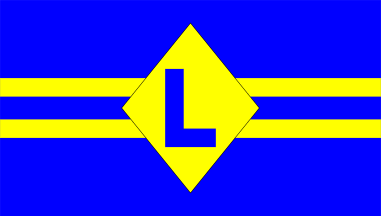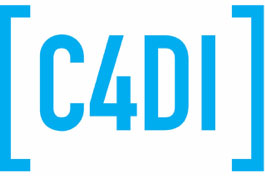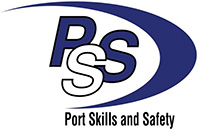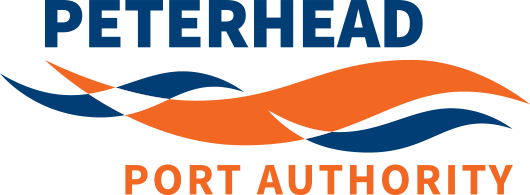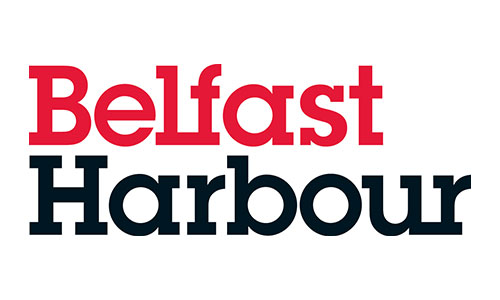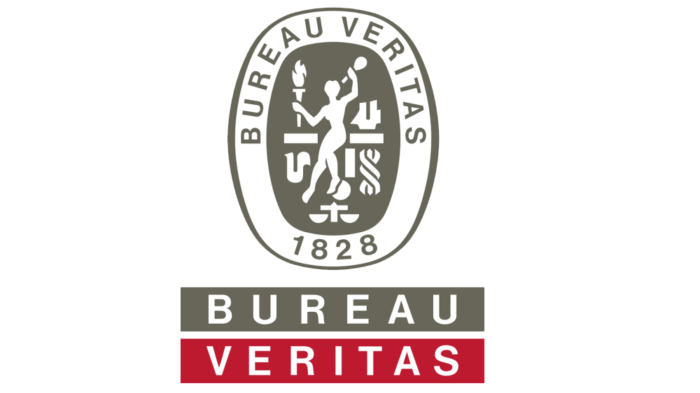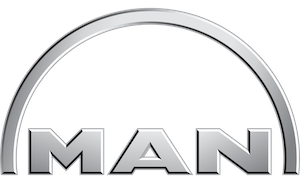As pilots with decades of experience we’ve boarded and disembarked thousands of vessels and have seen pretty much every type of non compliance connected to pilot transfer arrangements.
One thing that we experience far to frequently is where a vessel is non-compliant by design. This means that the vessels PTA has been badly designed from the outset and sadly these mistakes have not been identified by the vessels flag state and classification society prior to going into service.
What we also see less frequently is where vessels crews have made alterations to the ships PTA. This is usually done to make (in their minds) the task of preparing the pilot ladder easier. This may be the addition of a deck tongue arrangement or locking bar to make the process of securing the pilot ladder quicker. Although done with no malice of forethought these ‘customisations’ are illegal in nearly all cases potentially dangerous to the pilot.
The US Coast Guard recently issued a safety alert (04-22-CH1 Feb 9 2023) regarding one such ‘customisation’ in which the stanchions or hand holds at a vessels pilot transfer area had been cut away at the deck level presumably to allow the spreader to pass beneath to save the crew the effort of hauling the ladder over the top of the railings. The result of this modification meant there was a missing section of stanchion extending from the deck for a distance of approximately 200mm. This, as the USCG pointed out, is exactly the area in which the pilot would reach to get his first hand hold on the vessels superstructure as he transitions from the pilot ladder.
Stanchions are routinely an area in which we experience non compliance. The rules surrounding handholds are contained in SOLAS Ch V Regulation 23 and further expanded on in IMO Res 1045(27).
A vessel is required to provide ‘…adequate handholds…’ which according to IMO 1045(27) shall be
- Between 700mm – 800mm apart
- Extend a minimum of 1.2m above the deck or bulwark
- Have a minimum diameter of 32mm (ISO 799:3 adds ‘shall be round is shape and have a diameter of between 32mm-36mm’)
- Be rigidly secured to the ship’s structure at or near its base and also at a higher point
Clearly the alteration meant the last point had now been circumvented and consequently a pilot fell from the ladder whilst attempting to transition to the deck.
It’s essential that ships crews are made aware of the importance of the pilot transfer arrangements and that no work should ever be carried out without the prior approval of the vessels classification society.
We believe that there was no malice of forethought in the modifications made by the crew and that they never foresaw the danger it created. Here at Fathom Safety we believe that education is the cornerstone of safety which is why we offer comprehensive pilot ladder training that is carefully tailored to the individuals role and the type of pilot transfer arrangements they work with.
Through better education we believe we can transform pilot ladder safety and eradicate the needless injuries and fatalities we still encounter during pilot ladder transfers.




